Performance modes
Processors and graphics cards of the latest generations are already available in laptops nicely together, side by side, which also applies to the Asus model series – SCAR 18. We are talking about powerful hardware, or the most powerful, as far as the configuration we tested is concerned. This one features both a top-notch CPU and GPU . Meanwhile, the Scar 18 is a relatively compact laptop considering its high performance.
Performance modes
The laptop offers a choice of Turbo, Performance and Silent performance modes in the Armoury Crate app, or even manual overclocking. However, we only tested the standard modes.
All tests were done in Turbo mode, but it’s worth taking a look at the differences each mode offers. We therefore compare the performance curves under combined load using the Fire Strike 3DMark benchmark.
The CPU clock speeds during the test show that Trubo offers higher clock speeds than Performance across the board. Silent, on the other hand, experienced significant clock speed dips in certain parts of the test.
The power draw shows us the differences between the modes in even more detail. Turbo clearly has the upper hand especially in the peaks, but also in the first half it has consistently higher clock speeds. The drops in clock speeds in Silent are also reflected here in the lower power draw in the given parts of the test.
The first relative advantage of Performance is consistently lower temperatures in comparison with Turbo, which, however, is to be expected given the lower performance and clock speed. Silent, on the other hand, reaches higher temperatures than Turbo in some places, which obviously speaks of fan throttling.
What about the GPU? Again, we can see that Extreme Performance and Balanced are very similar, and even Silent doesn’t really stand out during load.
The GPU clock speeds indicate another difference between Turbo and Performance. While the former hovers around 2300 MHz, the latter reduces this value to 2000 MHz. Silent drops even lower, down to 1400 MHz.
Another difference between the modes can be seen in the GPU power draw, where Turbo reaches the limit of 175 W. Performance closely follows the 160 W limit and Silent jumps up and down, from 140 to 55 W. It will be interesting to see how throttling GPU performance will affect the overall result.
In GPU temperatures, there is only a minimal difference between Turbo and Performance. Silent also offers a significantly different temperature curve due to the fluctuations in performance.
Expectations according to the chart progression are as follows: the difference between Turbo and Balanced will be minimal, on the contrary Silent will drop maybe up to half. This was more or less confirmed by the final score. The only 2% difference between Turbo and Performance is negligible, on the other hand Silent really falls behind Performance by 74% and only reaches 57% of Turbo, so my estimations were confirmed.
- Contents
- Parameters and details
- Testing methodology
- Display tests
- Rendering and Geekbench
- 3D/PC Mark and Unigine Heaven/Superposition
- Gaming Tests – Dedicated GPU
- Encryption, encoding
- Memory and storage tests
- Temperature and battery life
- Blender – CPU, CUDA and Optix tests
- Performance modes
- Utility App
- Evaluation





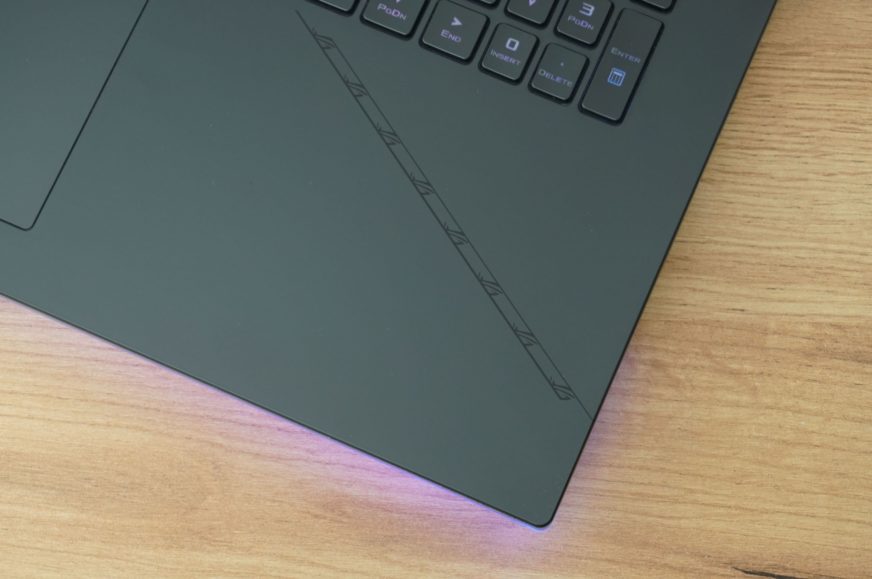
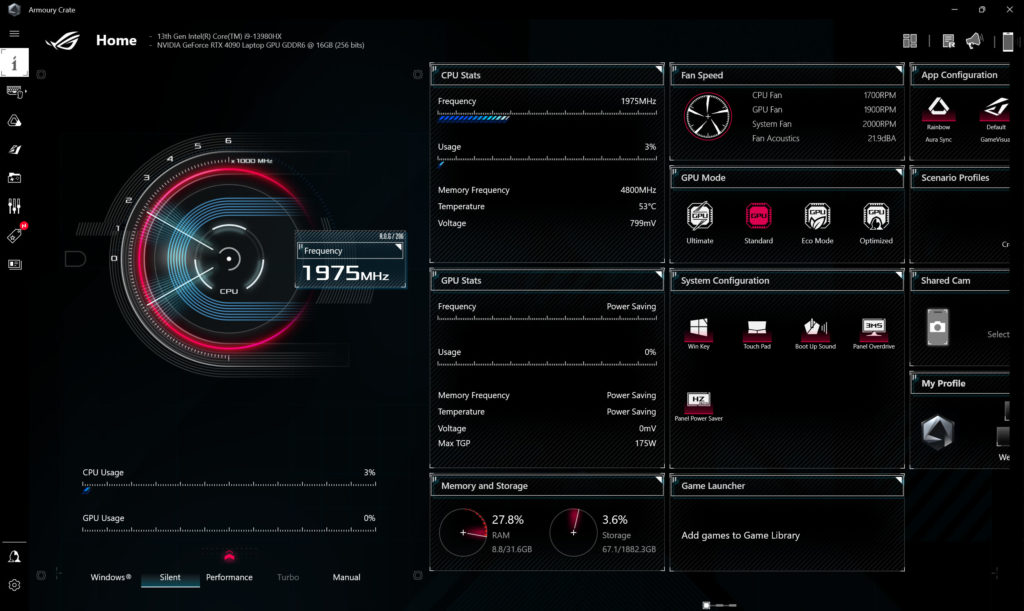
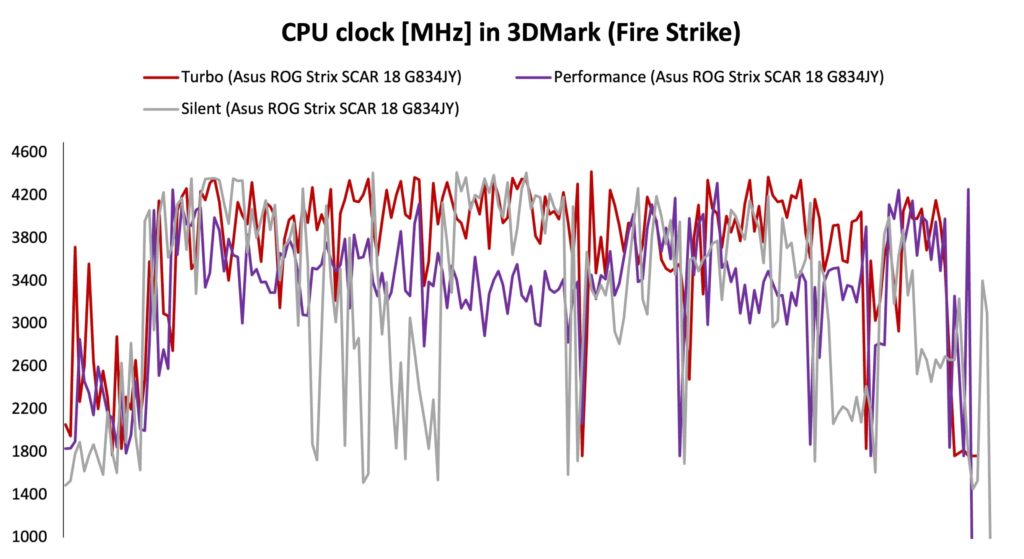
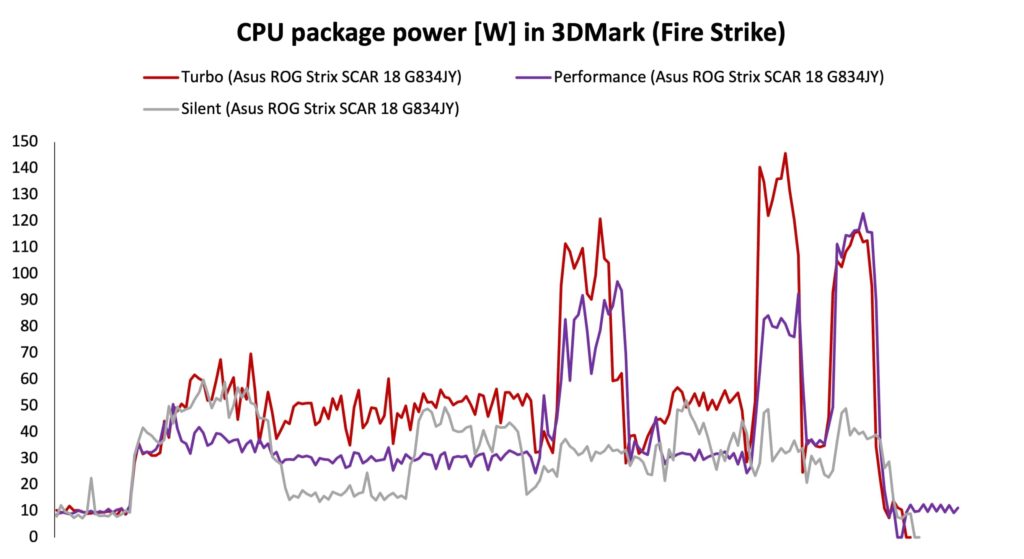
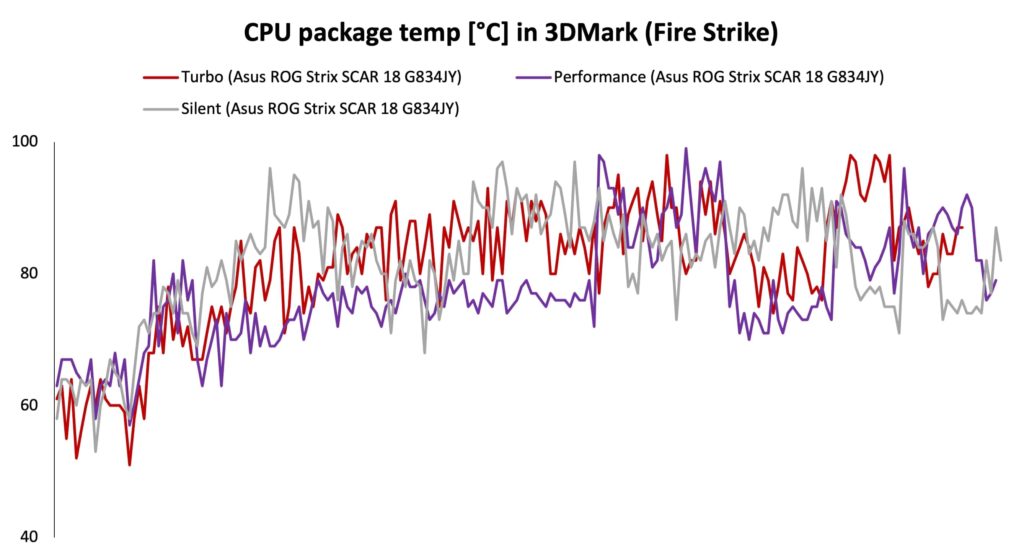
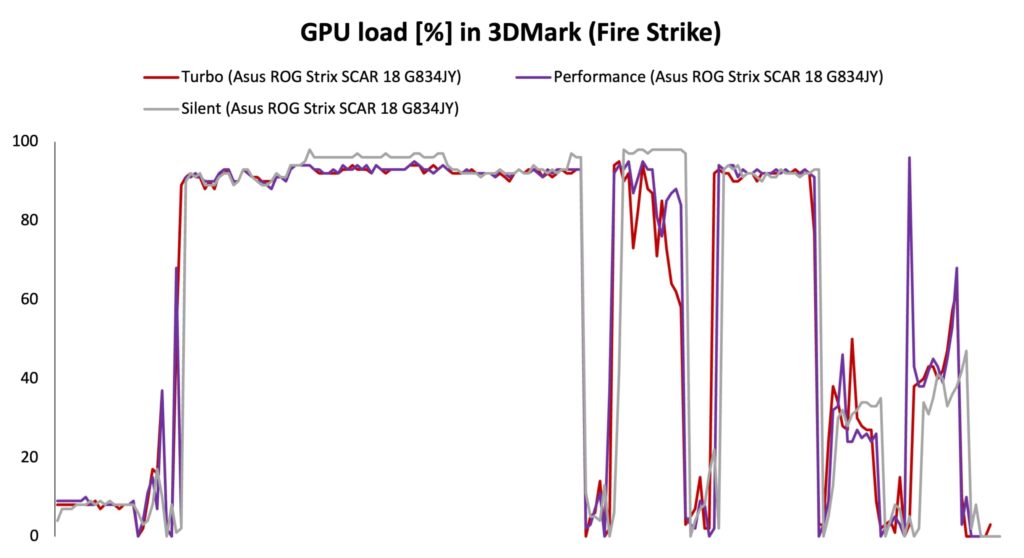
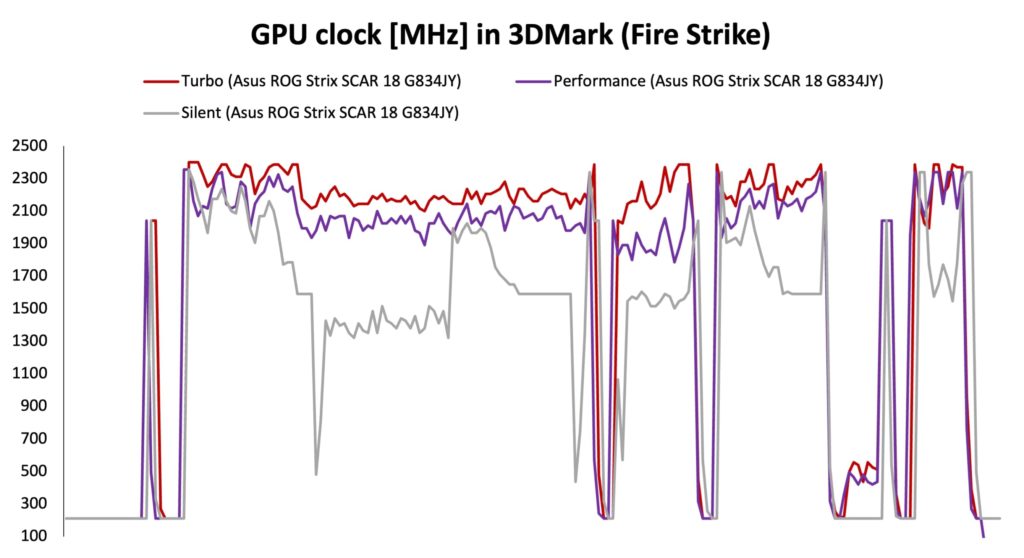
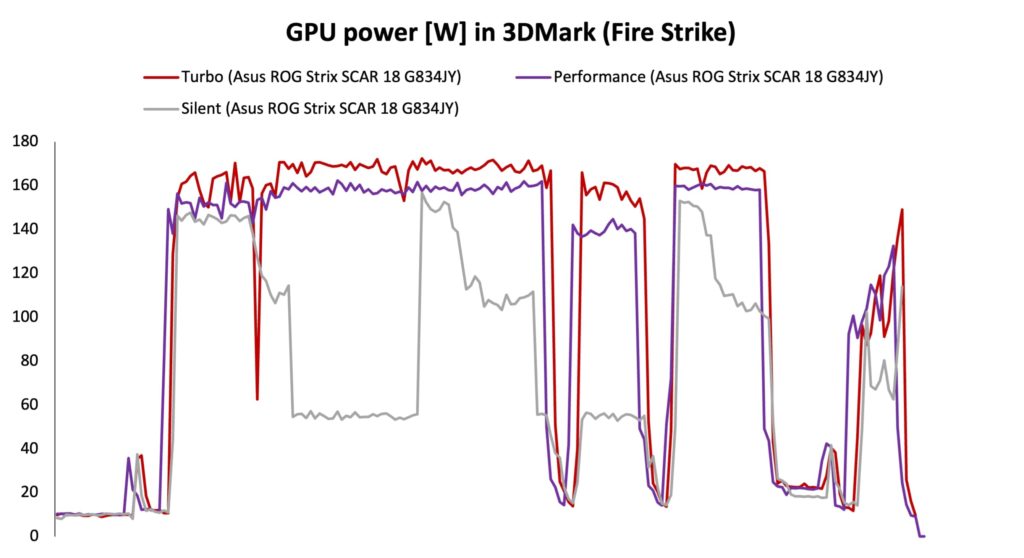







That’s a cool one!